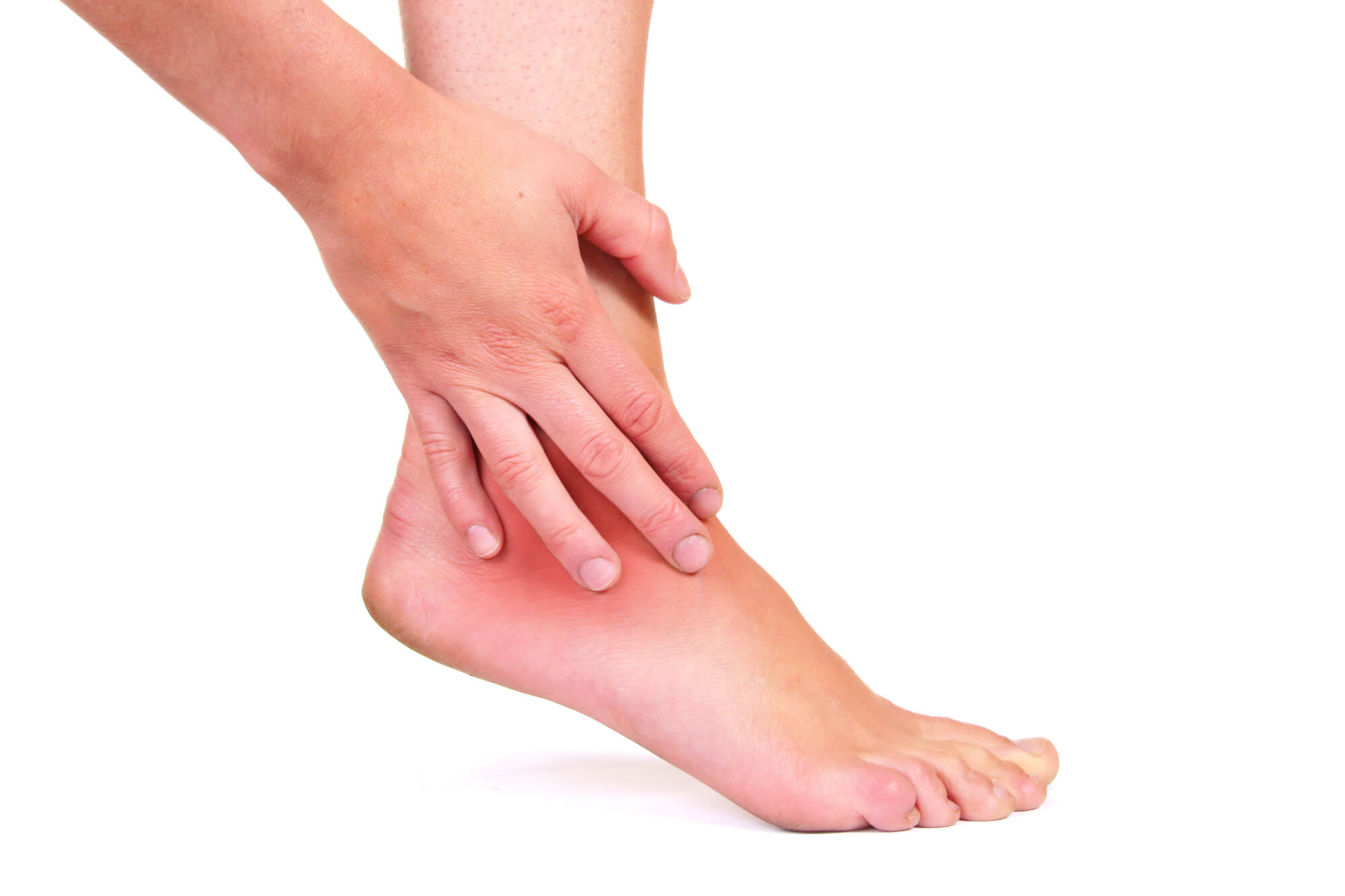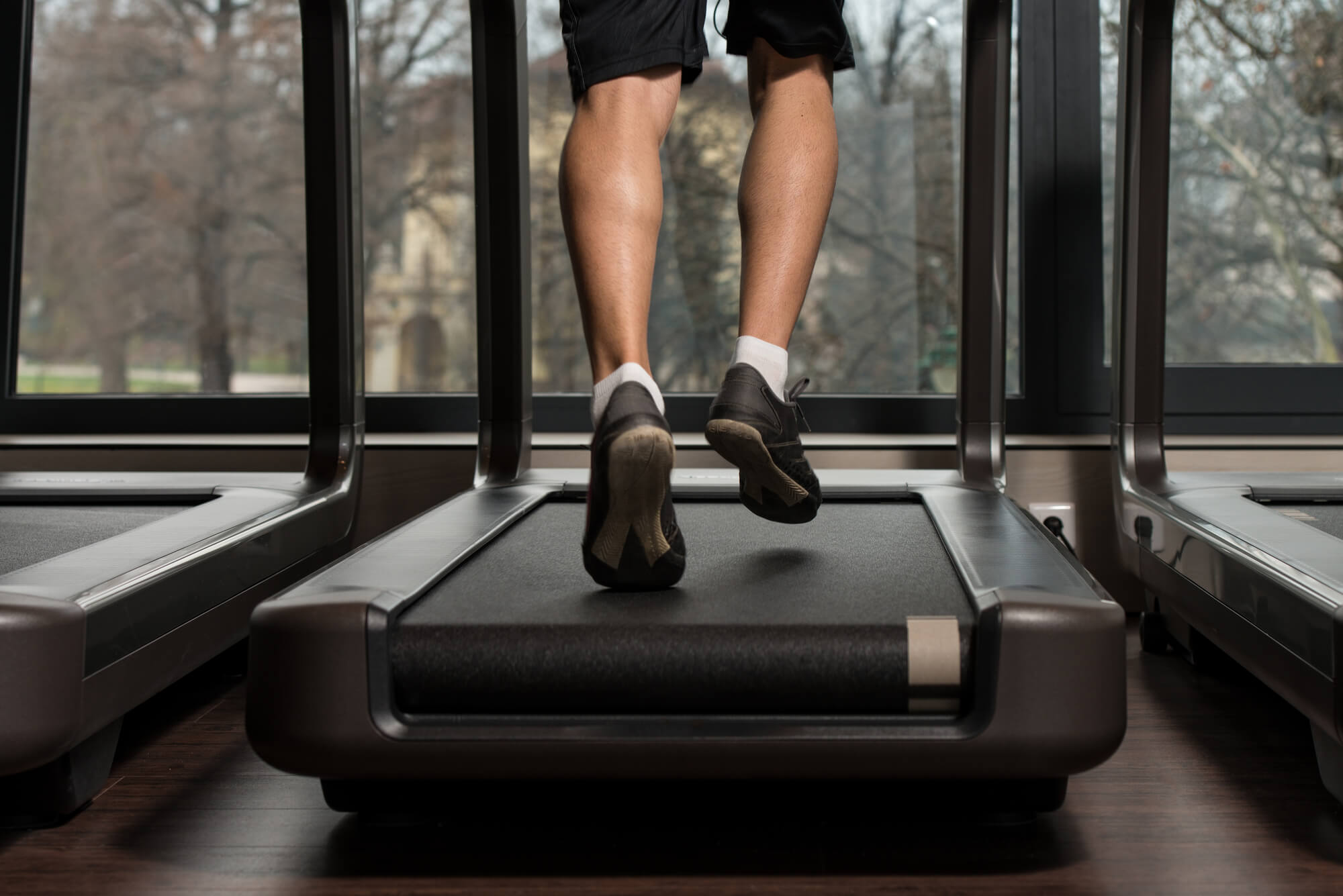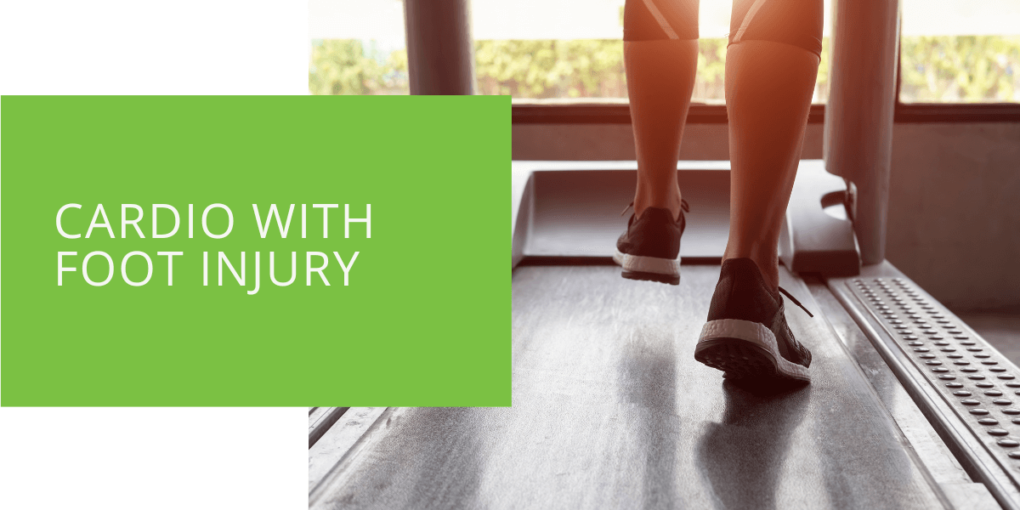Cardio with Foot Injury: How to Exercise Safely and Effectively
Exercising with a foot injury can be challenging, but it doesn't have to be impossible. Maintaining your cardiovascular health is important, even when you have an injured foot. In this article, we'll explore some tips for exercising safely and effectively with a foot injury, so you can continue to get the cardiovascular benefits of exercise without causing further harm to your feet. We'll cover low-impact exercises, wearing supportive footwear, gradually increasing intensity, considering physical therapy, and when to see a podiatrist for help.
The Importance of Cardio Exercise
Cardio exercise is an essential part of a healthy lifestyle. It can help you maintain a healthy weight, reduce your risk of chronic diseases, and improve your mood and energy levels. However, if you have a foot injury, you may need to modify your exercise routine to avoid further injury. Fortunately, there are many low-impact exercises that you can do that will help you maintain your cardiovascular fitness without putting too much stress on your feet.
Types of Foot Injuries
Before we dive into the best exercises to do with a foot injury, it's important to understand the types of injuries that may impact your ability to do cardio exercise. Some common types of foot injuries include:
- Sprained ankle: A sprained ankle is a common injury that can occur when you twist your ankle or roll it in an awkward way. Symptoms of a sprained ankle may include pain, swelling, and difficulty walking.
- Stress fracture: A stress fracture is a small crack in a bone that can occur from overuse or repetitive stress. Symptoms of a stress fracture may include pain, swelling, and tenderness in the affected area.
- Plantar fasciitis: Plantar fasciitis is an inflammation of the plantar fascia, a band of tissue that runs along the bottom of your foot. Symptoms of plantar fasciitis may include heel pain, stiffness, and tenderness.

How to Modify Your Cardio Workout
If you have a foot injury, it's important to modify your cardio routine to avoid further injury. Here are some tips for exercising safely and effectively with a foot injury:
Choose Low-Impact Exercises
Low-impact exercises can be a good option if you have a foot injury. These exercises put less stress on your feet and can help you maintain your cardio routine without causing further harm. Some low-impact exercises to consider include:
- Stationary cycle: A stationary cycle is a great option for a low-impact cardio workout that will take the pressure off your feet. You can adjust the resistance and build strength in your legs and upper body.
- Elliptical: The elliptical is a great option if you're looking for a cardio workout that mimics the motion of running without impact. You can adjust the resistance and incline to suit your fitness level and build cardiovascular endurance.
- Treadmill: If you want to run but can't put weight on your foot, a treadmill may be a good option. You can adjust the speed and incline to suit your fitness level, build cardiovascular endurance, and work on your running form.
- Water aerobics: Water aerobics is a low-impact exercise that can be an excellent option to stay cool and take the pressure off your feet. You can do a variety of exercises in the water, including jogging, jumping jacks, and leg lifts.
- Rowing machine: The rowing machine is a great low-impact exercise that can work your entire body, including your legs, arms, and core. You can adjust the resistance to suit your fitness level and build cardiovascular endurance.

Wear Supportive Footwear
Wearing supportive footwear can help reduce the stress on your feet and prevent further injury. Make sure your shoes fit well and provide adequate support for your foot type and activity level. Your podiatrist can recommend the right shoes or inserts for your needs.
Gradually Increase Intensity
If you're recovering from a foot injury, it's important to start slowly and gradually increase the intensity of your workout. This can help prevent further injury and allow your foot to heal properly. Your podiatrist can recommend a safe and effective workout plan that takes your injury and fitness level into account. You may want to start with just a few minutes of exercise each day and gradually increase the time and intensity.
Consider Physical Therapy
Physical therapy can be a valuable tool for recovering from a foot injury and improving your overall fitness. A physical therapist can help you develop a safe and effective workout plan, as well as recommend exercises and stretches to improve flexibility, strength, and balance. They can also monitor your progress and adjust your plan as needed.
When to See a Podiatrist
If you have a foot injury, it's important to see a podiatrist. They can provide you with a diagnosis and treatment plan, as well as advice on how to modify your exercise routine and maintain healthy feet. If you experience pain, swelling, or other symptoms that persist for more than a few days, make an appointment with a podiatrist.
Conclusion
Exercising with a foot injury may be challenging, but it's not impossible. By choosing low-impact exercises, wearing supportive footwear, gradually increasing intensity, considering physical therapy, and seeking the advice of a podiatrist, you can maintain your cardiovascular health and improve your overall well-being. Remember, exercise is an important part of a healthy lifestyle, and with the right precautions and guidance, you can still enjoy the benefits of cardio exercise, even with a foot injury.

